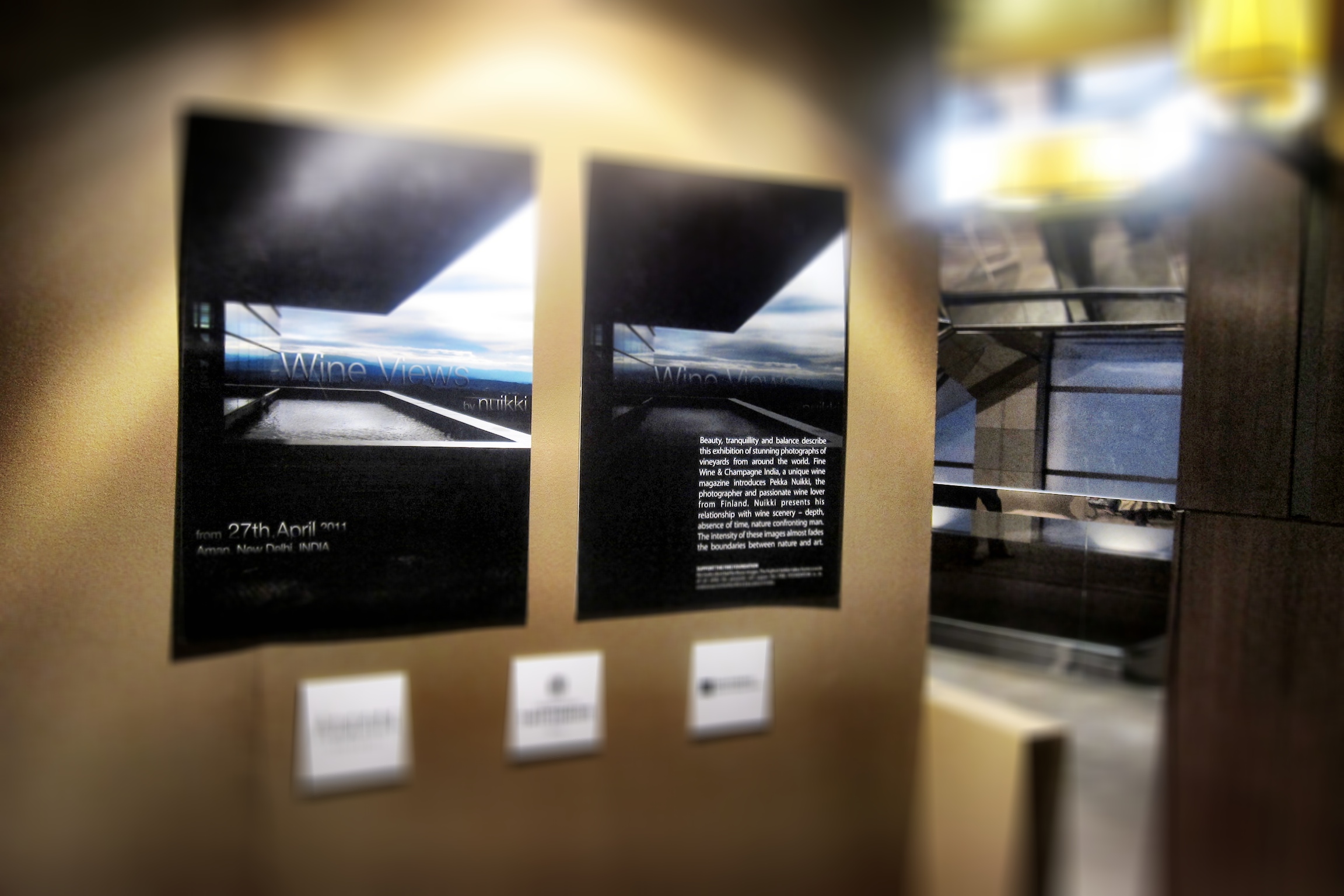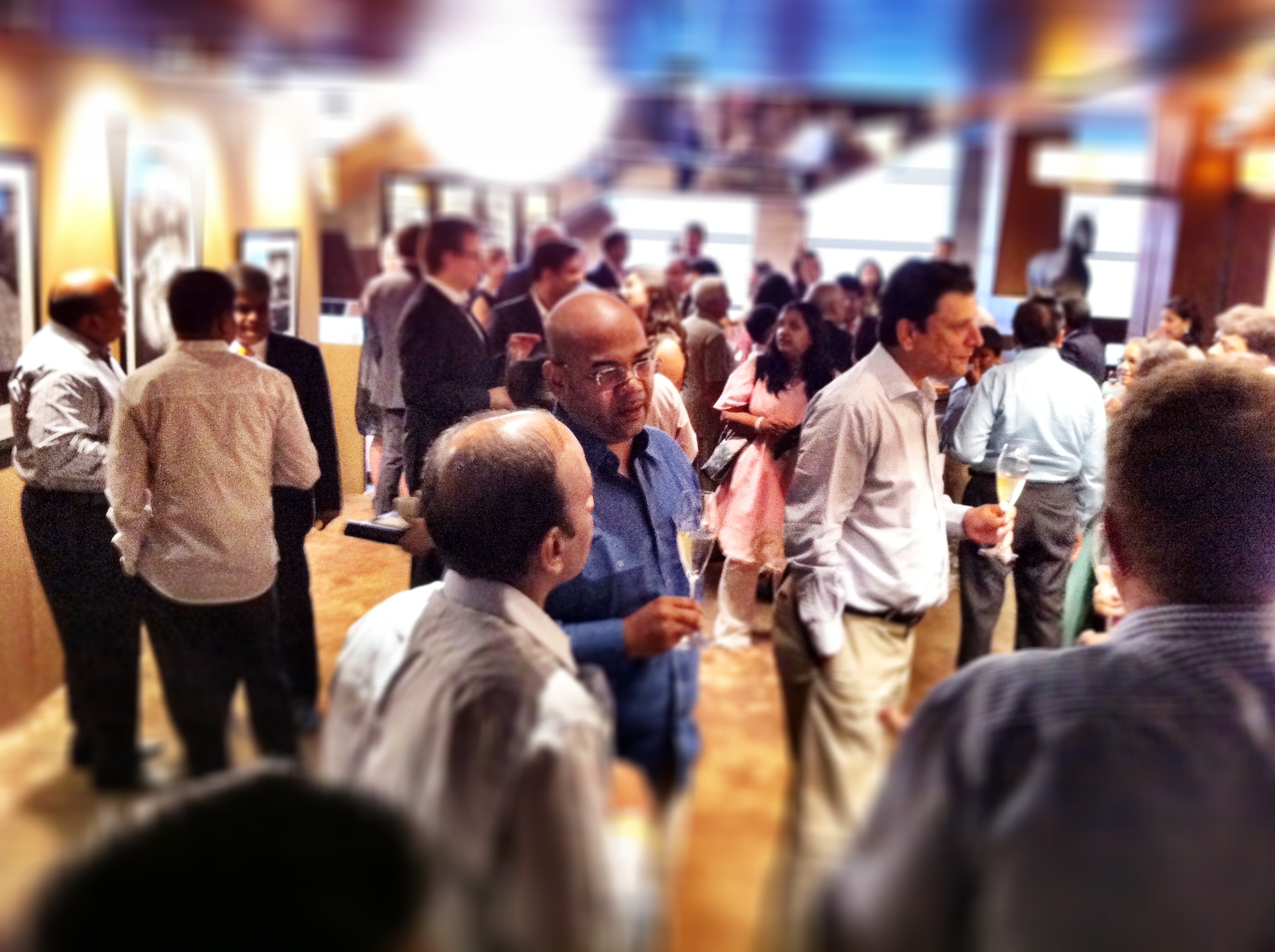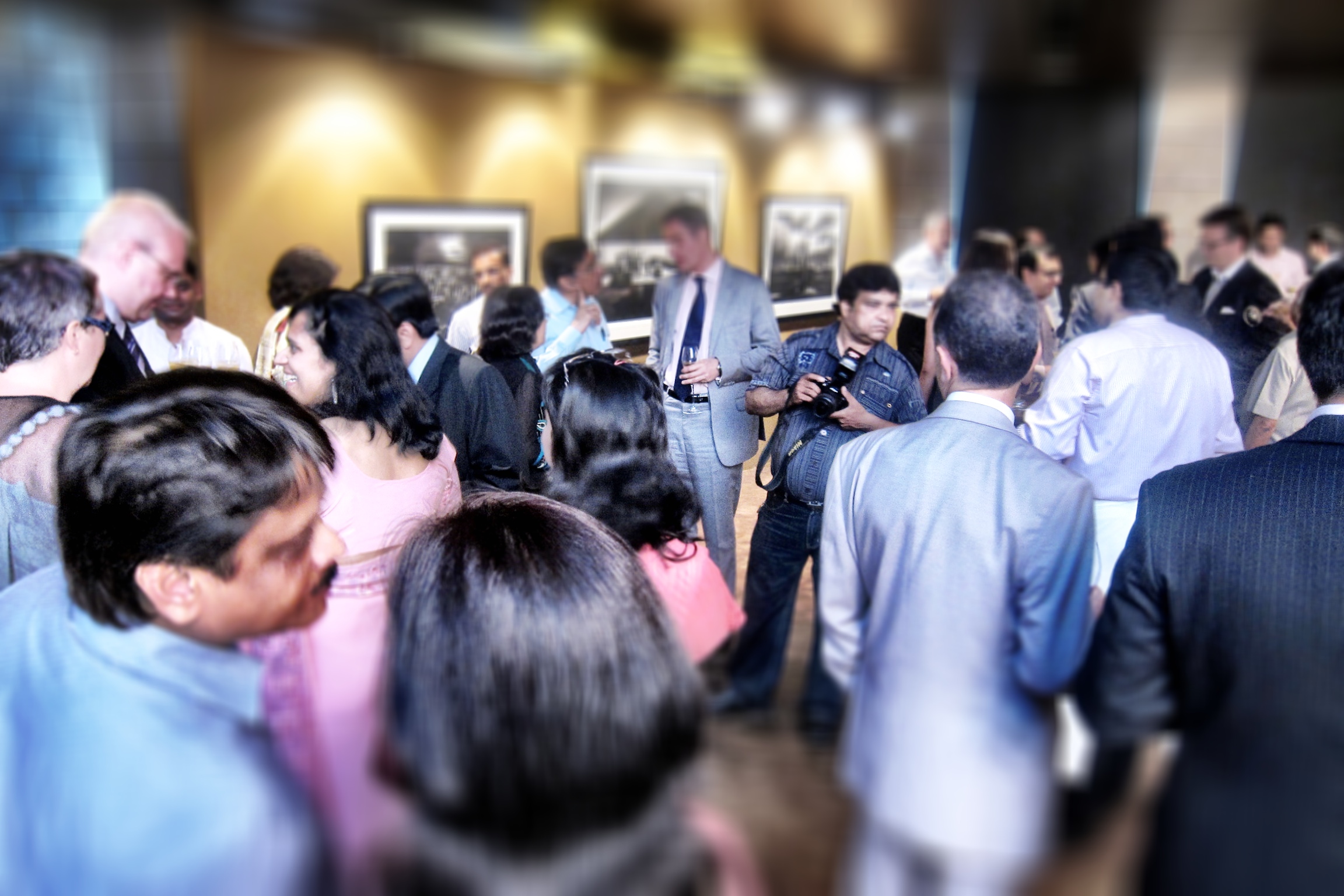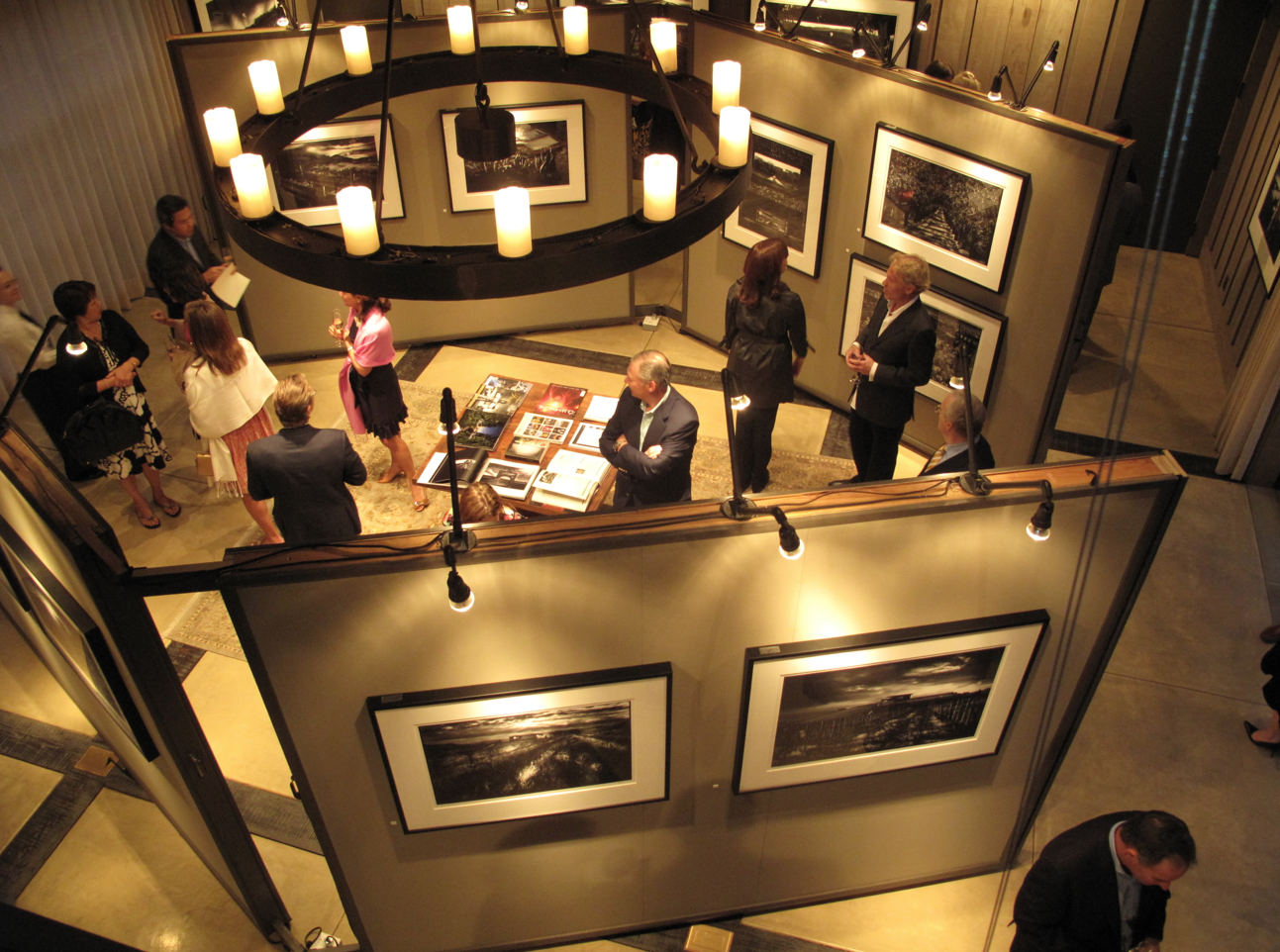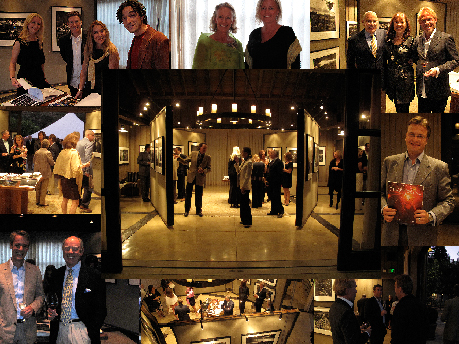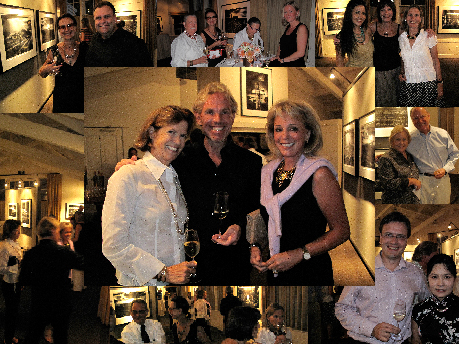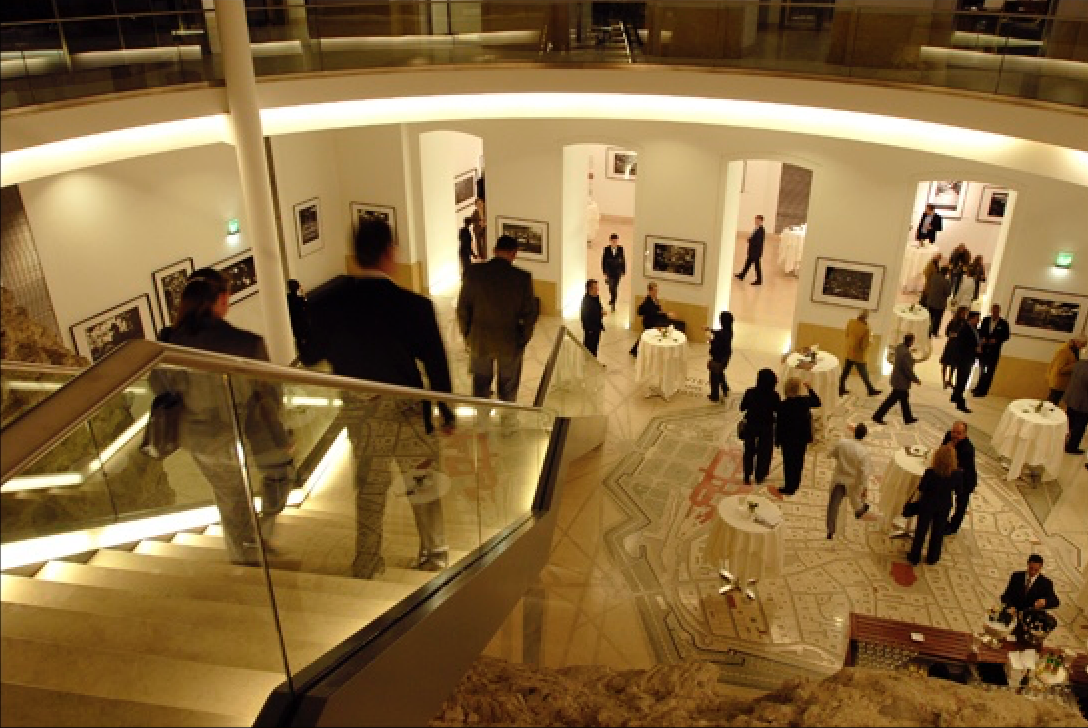Beyond the realm of experience
ON THE SIGNIFICANCE OF THE PICTURE IN RELATION TO OUR PERCEPTION OF REALITY
Our eyes see images and make pictures out of them for our mind to receive. The brain works upon these images and stores them as latent databanks in our memory. The memory disassembles and re-assembles the images into new entities in a continuous stream. The outcome is a whole new world inside our heads. There is a name for this process: Imagination.
Our imagination has a massive amount of material in store. All the images we encounter during a day become unattached bits of information. For these latent images to become activated, they must have some connection with earlier images in our memory or experiences in our lives. Just a familiar colour, shape or straight line might be enough to trigger off the activation process. Our imagination can not be controlled, but we can manipulate the way it works.
It is of primary importance that the array of images downloaded during a day – be it photos from the family album, news pictures, cinematic or advertising images – is made of information we recognise as believable and valid.
If this imagery loses its believability, it causes our perception of the world to disintegrate into incoherent pieces before our imagination gets a chance to rebuild this material into a coherent whole. As a result, our ability to identify reality may become impaired, risking our mental sanity.
THE QUALITY OF OUR CONSCIOUSNESS IS AFFECTED TO A GREAT EXTENT BY OUR PROFICIENCY IN READING IMAGES. ILLITERACY AND VISUAL ILLITERACY ARE SEPARATED BY ONE SIGNIFICANT FACTOR: WE ALL THINK THAT WE CAN READ WHAT’S IN A PICTURE. ANY IMAGE, A PHOTOGRAPH IN PARTICULAR, IS CLOSELY ASSOCIATED IN OUR MINDS WITH THE ONUS OF PROOF. WE FEEL NO NEED TO CONCEPTUALISE THE WORLD BEYOND THIS REALITY AND CONSEQUENTLY, THIS LEAVES OUR VISUAL LITERACY CRIPPLED. PARADOXICALLY, A PICTURE IS PERCEIVED AS PROOF OF EXISTING REALITY, ALTHOUGH FOR THE VIEWER IT IS ALREADY A THING OF THE PAST. A PHOTOGRAPH IS SEEN AS A CATALOGUE INDEX; CORROBORATION AND PROOF OF SOMETHING ”THAT USED TO BE”.
The early modernism already cherished the idea of the complete truthfulness of the photograph. It was not until the era of postmodernism that photography as a medium and an art form reached a central position. The photograph was endowed with the role of an internal mirror of the society; or even a ridicule of it. This process led the photographic art community to question and eventually reject the photograph’s role as a catalogue piece, a concrete piece of evidence.
In today’s postmodernist world it is no longer possible to demand absolute truths or unalterable meanings. A photograph is perceived as a fabrication of meanings, pre-coded and controlled. All the elements of truth in a picture can be rearranged; a picture has forever lost its believability as a piece of evidence. On the other hand, photography has gained more gravity and substance as an independent art form.
The technological changes in our society have made computers, TVs, video games and other man-made electronical devices part of our culture and our consciousness. With their adventurous, digitally transformed messages they have corroded our fundamental senses. Our experiences are becoming more and more second-hand sensations, causing our reality based on sensory perception to be replaced by a realm of controlled and manipulated images. The unreal world pretends to be real which underlines the need for better visual literacy.
The act of manipulating, changing and distorting the picture, which leads into creating totally new pictures, has brought about a healthy mistrust of the media and the messages thus transmitted to us. Digital image manipulation is also changing our views about the history and its authenticity. We do not see a photograph as an absolute historical fact. It is no longer an evidence of the past, not a recollection of our family or any individual, not a cultural file. All the power the photograph once had in expressing reality is now erased from the viewer’s mind, and his imagination is replaced by ready-made manipulated messages.
The point here is not whether a picture has been manipulated or not, or whether its content is unambigous and credible for a viewer. After all, a photograph is no more than a document of an isolated personal experience, a fleeting momentcaptured by the photographer.
What is crucial is to see what this development has done to our ability to determine what is real and what is not real in order to understand what is realin our own thoughts, emotions and deeds. ”To see is to believe”is a naive statement, a thing of the past. What the future will offer instead, we do not know yet – even if it might already have been shown to us it in pictures.
Few Views from New-Delhi, California and Vienna Wine Views -exhibitions
PErsonal Instagram
A hot day slowly declines towards evening. The hectic hustle and bustle in streets and houses dies down in unison with the fading light. The shadows on the roads deepen and lengthen, as the whole village is gradually enveloped by the veil of darkness. It is the time of night when streetlights sparkle in the dusk like little stars. On a night like this, more than two thousand stars are visible to the naked eye. Those tiny points of light are like clocks, measuring the passage of time over a span of billions of years. Looking up at the distant stars and galaxies, we look back in time, because light takes thousands of years to journey down from them to Earth. The time scale of the cosmos is so vast that it is almost impossible to fathom.
Time is a human construct and the way in which we experience it is subjective. An evening walk on the timeless streets of small villages or large cities inevitably makes you think about the nature of time. The light from even our closest stars takes aeons to reach the Earth, but when we look up to the night sky, we have an immediate experience of it. Time is as familiar and natural to us as the air we breathe. But contrary to air, we cannot observe time. It passes, but we cannot say what exactly it is that goes by. All we know is that past time cannot be retrieved, and none of us knows how much time we personally have left……feel and "see" more about the paradox of our experience of time on my new personal website: www.personalinstagram.com, from 30.06.2018.
